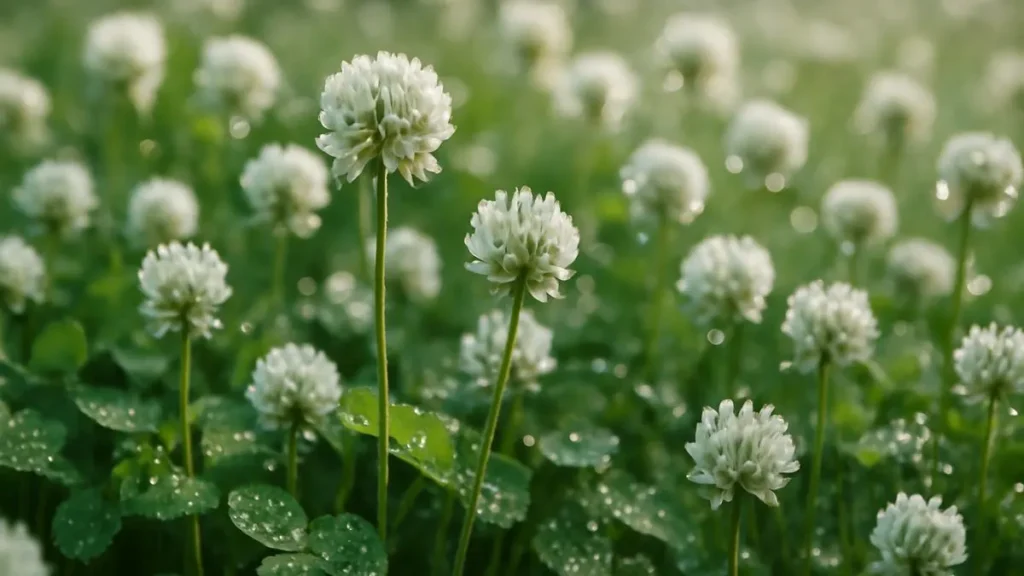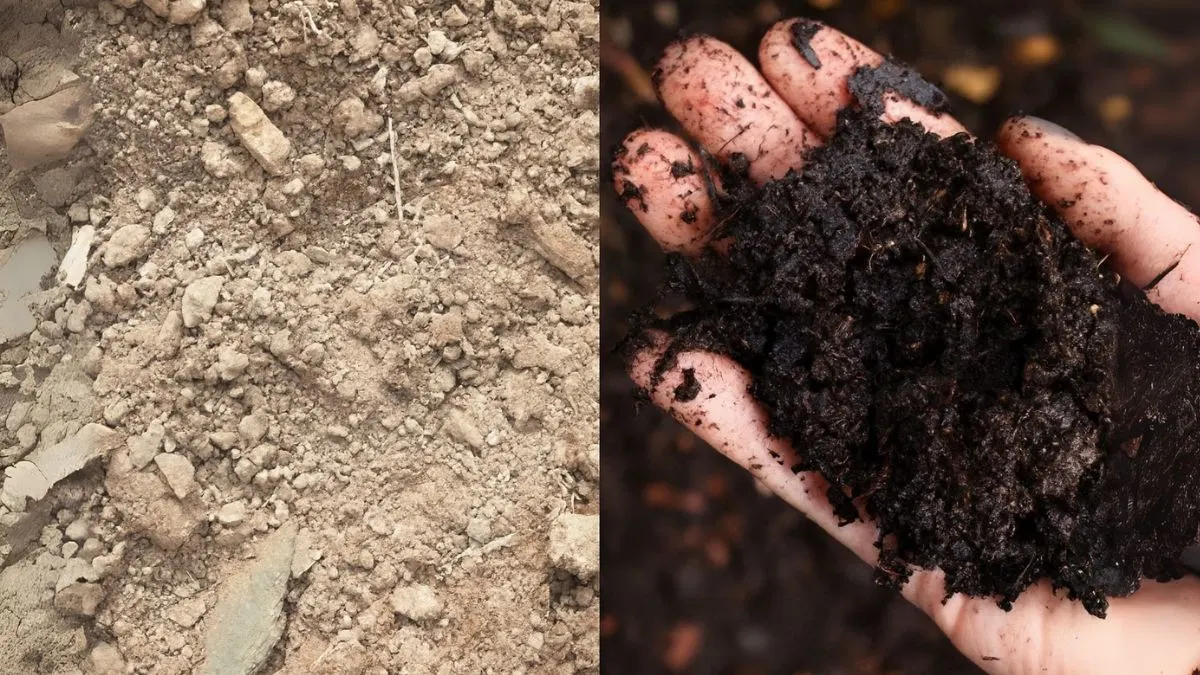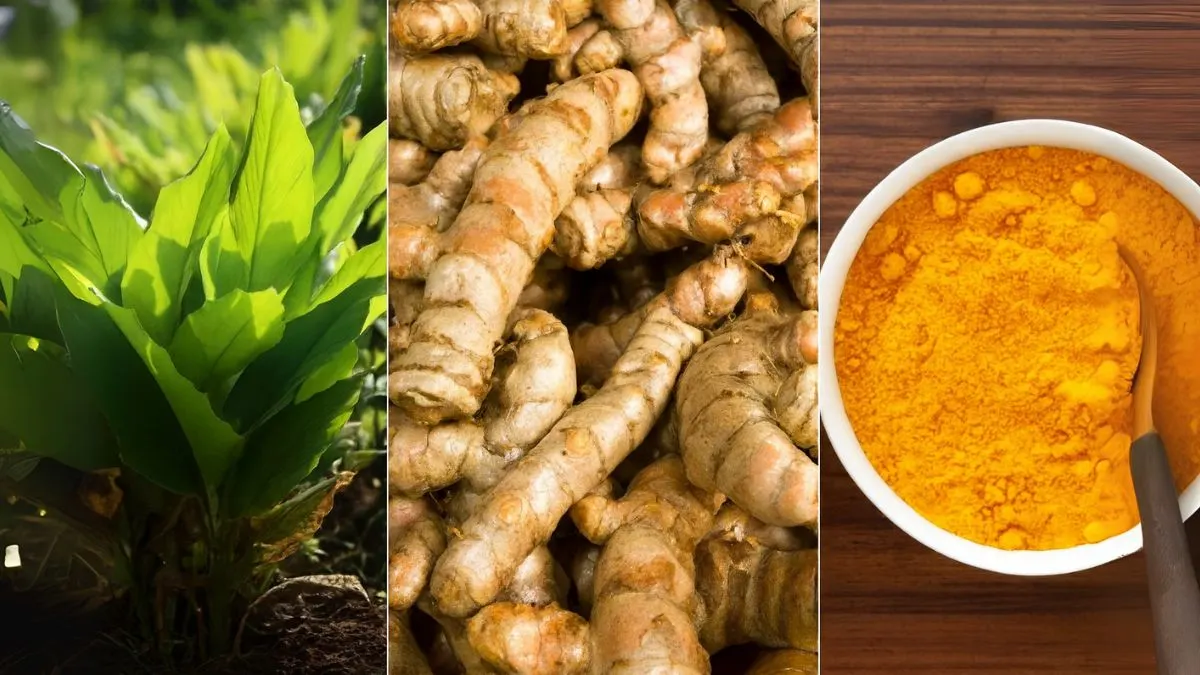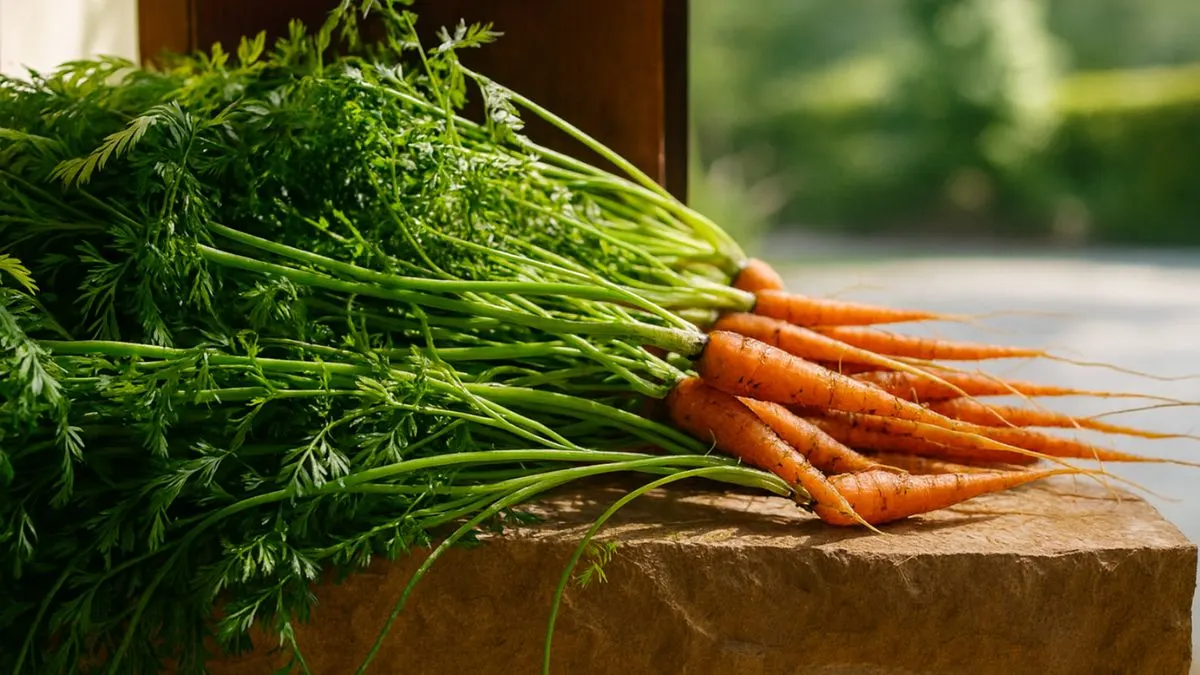Once dismissed as a lawn weed, white clover (Trifolium repens) is now making a comeback in Canada, the USA, and worldwide as a sustainable landscaping and agricultural hero. Its charm lies in its resilience, versatility, and ecological benefits. Whether you’re a homeowner seeking a lush, low-maintenance yard or a farmer looking for reliable forage, white clover is a game-changer.
From an ecological standpoint, it fixes nitrogen in the soil, reducing the need for chemical fertilizers. This not only benefits your turf but also contributes to natural detoxification of the land.
Appearance and Growth Habits
If you’ve walked barefoot across a summer lawn, chances are you’ve stepped on white clover. The plant forms low-growing mats of trifoliate leaves with small, globe-shaped white flowers.
Unlike taller turf grasses, white clover does not get very tall at all—usually topping out at 4 to 8 inches. This makes it perfect for low-maintenance lawns and natural ground cover.
How to Identify White Clover in Your Turf
For those new to clover spotting, here’s how to learn how to identify and control white clover in your turf:
| Feature | Description |
| Leaves | Three oval-shaped leaflets, sometimes with a pale crescent mark. |
| Flowers | Small, round clusters of white (often tinged with pink). |
| Height | 4–8 inches. |
| Growth | Spreads via creeping stems called stolons. |
This easy identification helps you decide whether to nurture it for its benefits or manage it if you prefer a clover-free lawn.

Agricultural Importance – A Global Pasture Staple
It’s no exaggeration to say that white clover is the most important and widely used pasture legume in the world today. Farmers value it for its:
- High-protein forage for livestock.
- Soil enrichment through nitrogen fixation.
- Resilience in varying climates.
In regions of Canada and the northern USA, it’s sown alongside ryegrass or orchard grass to create year-round grazing fields.
Environmental Benefits
White clover is a powerhouse for sustainable gardening and farming:
- It fixes nitrogen in the soil – This reduces fertilizer costs and improves soil health naturally.
- Natural detoxification – Clover helps break down contaminants and improve soil quality over time.
- Clover is drought tolerant and great for pollinators – Even in dry summers, clover stays green and attracts bees, butterflies, and other beneficial insects.
Also Read: 10 Most Popular Bonsai Trees Every Beginner Should Grow
Personal Experience – My Shift from Grass to Clover
Two summers ago, I replaced half my traditional lawn with white clover. The results were instant: fewer weeds, no brown patches during drought, and a constant buzz of pollinators. Neighbors were surprised that my yard stayed vibrant without constant watering or fertilizer.
The best part? Mowing became a once-a-month chore since white clover does not get very tall at all. That’s a win in my book.
How to Control or Encourage Clover in Lawns
Depending on your preference, you can either promote or remove clover from your turf:
Encouraging Growth
- Overseed with clover in spring or fall.
- Avoid high-nitrogen fertilizers (which give grasses the advantage).
- Keep mowing heights moderate.
Controlling Clover
- Apply a targeted broadleaf herbicide if you want a pure grass lawn.
- Manually remove clumps in small areas.
- Increase nitrogen levels to favor grass over clover.
Medicinal and Edible Uses
Beyond lawns and pastures, white clover has a long history as a herbal remedy. Its leaves and flowers have been used in teas to support natural detoxification and relieve mild inflammation. In survival situations, the young leaves can even be eaten raw or cooked.
Also Read: Why Eating Celery for a Week Could Change Your Health
White Clover Facts Table
| Benefit | Why It Matters |
| Nitrogen Fixation | Improves soil health naturally. |
| Low Growth Habit | Minimal mowing required. |
| Pollinator Support | Attracts bees and butterflies. |
| Drought Tolerance | Maintains green cover in dry periods. |
| Forage Quality | High protein for livestock. |
A Plant Worth Keeping
Whether you see it as a lawn invader or a sustainable ally, white clover (Trifolium repens) is undeniably valuable. It’s hardy, eco-friendly, and beneficial to both soil and wildlife. From its ability to fix nitrogen in the soil to being drought tolerant and great for pollinators, it checks all the boxes for low-maintenance, high-impact landscaping.
If you’ve been thinking about making your lawn more eco-friendly, take a cue from nature and let the clover thrive. Your soil, pollinators, and water bill will thank you.



